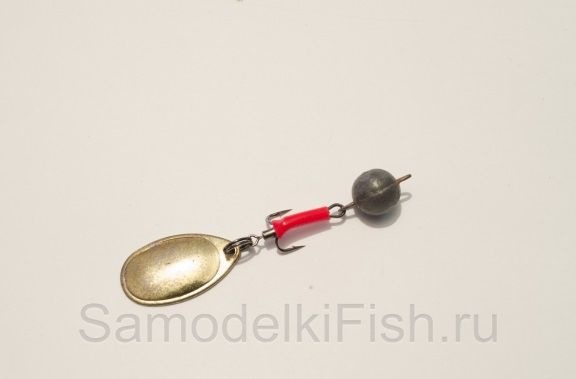
Today, fishing has become a real hobby and bait in this type of recreation - a kind of fashion, which you constantly need to follow and be in trend. Every year, anglers make new types of gear and test them in business. To one of these "fashionable" today, but still few well-known lures can be attributed tailspinner. In fact, this is a jig bait combined with a lure. When fishing for pike or perch, such tackle brings pretty good results.
Making tailspinner is very simple and requires a minimum of materials.
Materials and tools:
- hook (double or tee);
- eared sinker;
- swivel;
- a petal from baubles and various other trifles.
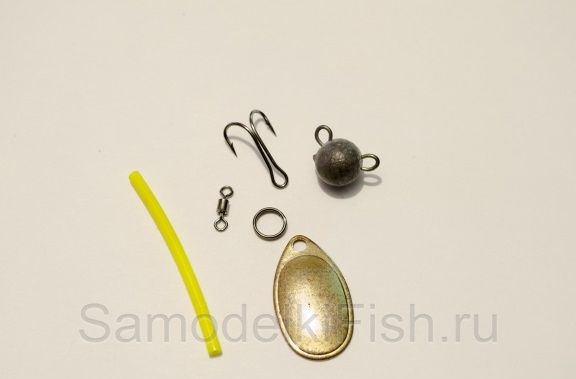
A few words about hooks and petals for tail spinners
The petal is the most important component of such a bait. Depending on the type and size of the petal, the game of the entire bait changes. Most often today you can find petals of such types as comet and aglia. Such petals have a high speed, therefore, are recognized as the best when fishing perch.
There is also such a type of petal as aglia long. These are long petals that have a reduced oscillation frequency; they perfectly attract larger predators such as pike and pike perch.
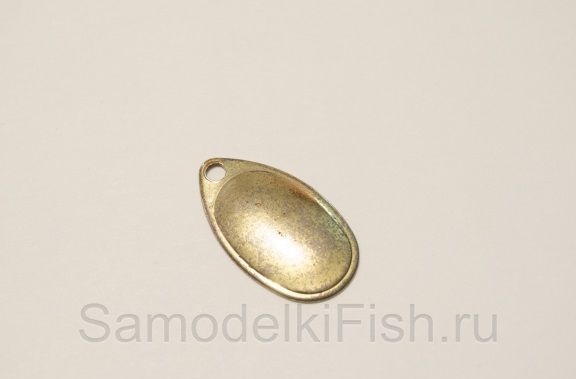
As for the size of the petals, you can use the fourth number to catch pike. If the task was to catch a perch, you can use the petals with two zeros. By the way, petals of a suitable size can be made without problems yourself.
You will have to experiment with the color of the petals.
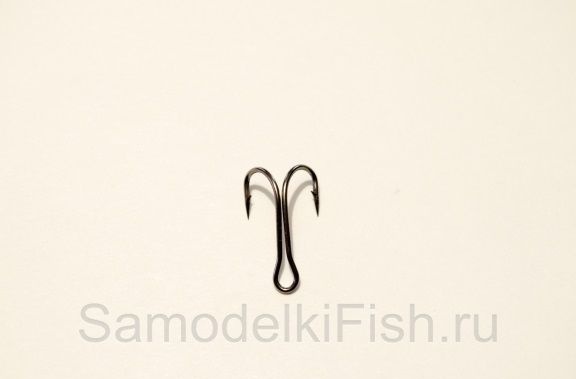
If we talk about hooks, it is best to use doubles. The fact is that the tailspinner is the bottom part, therefore, the less the sting at the hook, the less likely it is to catch or catch some garbage from the bottom. If there is no double, then this is not a problem, any tee with the help of wire cutters easily turns into a double.
The most important thing is that the hooks are sharp, since otherwise the probability of catching a fish will be small.
Gathering gear
Stage One. Swivel Installation
To assemble gear you need to use the clockwork rings. First, we fasten the winding ring to the swivel, and then we put the swivel on a double. The most important thing in this process is to choose a quality swivel, because if the petal sticks, the bait will lose its attractiveness.
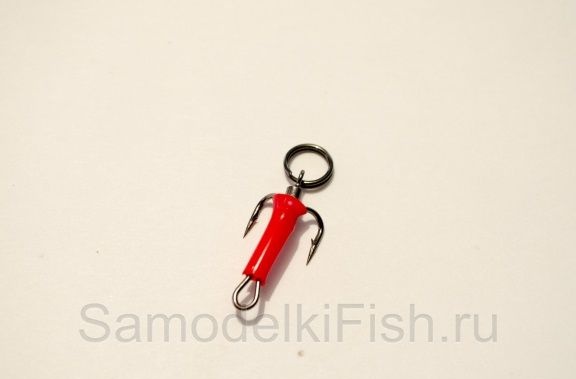
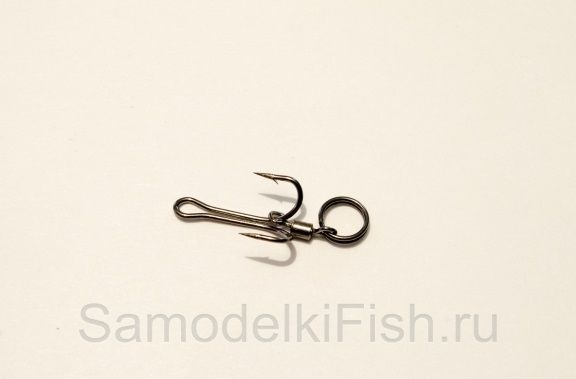
Now the swivel needs to be fixed on the hook, for this you can use a thin wire, with it you can wrap the hooks. But the author decided to use a braided line for fixing the swivel, which he then glued.
In the end, to give the gear a more attractive appearance and hide the place of attachment of the swivel, a heat-shrink tubing is put on the hook. Of course, it is preferable to choose a red tube.
The tube is installed very simply, you need to cut a piece that is suitable in size, put it on the hook and then warm it over the fire. It is important not to overheat the tube. Typically, such a process takes no more than 10 seconds.
Step 2. Install the petal
The petal will be attached using a winding ring. This method is good because during fishing you can experiment by changing the petals right on the go.

Step 3. Installing the sinker
A sinker can be attached in several ways. If the gear is already assembled, you can use the same winding ring. But the sinker can also be installed directly on the hook, but this is if the gear is not yet assembled and an ordinary double will be used. To do this, the hook is simply threaded through the sinker ring, which is exactly what the author did.
By the way, the type of sinkers that are used in such gear are eared sinkers.

That's all, the tackle is ready. The wiring here is mainly used for jigging. That is, it is a pause, then a subversion of the bait from the bottom. However, you can combine and use different fishing methods.
